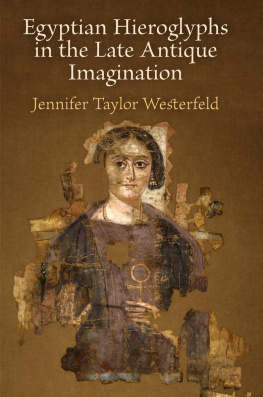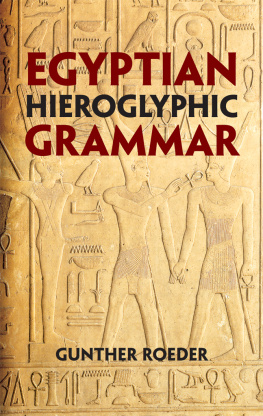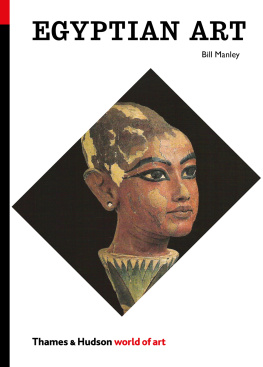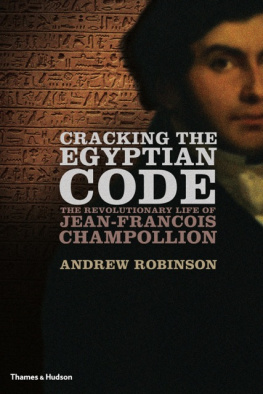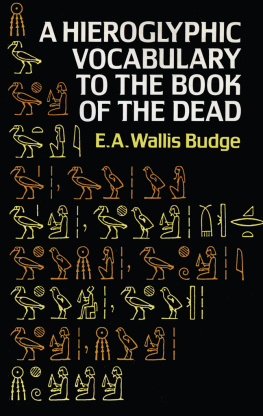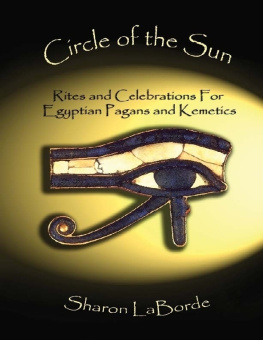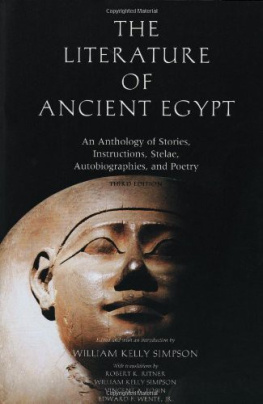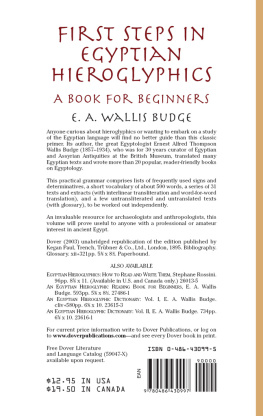MIDDLE EGYPTIAN
Middle Egyptian introduces the reader to the writing system of ancient Egypt and the language of hieroglyphic texts. It contains twenty-six lessons, exercises (with answers), a list of hieroglyphic signs, and a dictionary. It also includes a series of twenty-six essays on the most important aspects of ancient Egyptian history, society, religion, literature, and language. The combination of grammar lessons and cultural essays allows users not only to read hieroglyphic texts but also to understand them, providing the foundation for understanding texts on monuments and reading great works of ancient Egyptian literature in the original.
This third edition is revised and reorganized, particularly in its approach to the verbal system, based on recent advances in understanding the language. Illustrations enhance the discussions, and an index of references has been added. These changes and additions provide a complete and up-to-date grammatical description of the classical language of ancient Egypt for specialists in linguistics and other fields.
JAMES P. ALLEN is the Charles Edwin Wilbour Professor of Egyptology at Brown University. He is a former curator of Egyptian art at the Metropolitan Museum of Art in New York and President of the International Association of Egyptologists. His previous publications include Genesis in Egypt: the Philosophy of Ancient Egyptian Creation Accounts (1989), The Heqanakht Papyri (2002), The Ancient Egyptian Pyramid Texts (2005), The Debate between a Man and His Soul (2010), and The Ancient Egyptian Language, an Historical Study (2013).
MIDDLE EGYPTIAN
AN INTRODUCTION TO THE LANGUAGE AND CULTURE OF HIEROGLYPHS
JAMES P. ALLEN
THIRD EDITION, REVISED AND REORGANIZED, WITH A NEW ANALYSIS OF THE VERBAL SYSTEM



University Printing House, Cambridge CB2 8BS, United Kingdom
Cambridge University Press is part of the University of Cambridge.
It furthers the Universitys mission by disseminating knowledge in the pursuit of education, learning and research at the highest international levels of excellence.
www.cambridge.org
Information on this title: www.cambridge.org/9781107663282
James P. Allen 2014
This publication is in copyright. Subject to statutory exception and to the provisions of relevant collective licensing agreements, no reproduction of any part may take place without the written permission of Cambridge University Press.
First edition published 2000
Second edition published 2010
Third edition published 2014
Printed in the United Kingdom by Clays, St Ives plc
A catalogue record for this publication is available from the British Library
ISBN 978-1-107-05364-9 Hardback
ISBN 978-1-107-66328-2 Paperback
Cambridge University Press has no responsibility for the persistence or accuracy of URLs for external or third-party internet websites referred to in this publication, and does not guarantee that any content on such websites is, or will remain, accurate or appropriate.
CONTENTS
LIST OF FIGURES
PREFACE
The decipherment of ancient Egyptian hieroglyphic writing is one of the great success stories of modern archeology. Before 1822, the civilization of ancient Egypt was mute and mysterious, its images bizarre and incomprehensible to a world convinced that all thought of any worth began with the ancient Greeks. Today we are able to read the ancient Egyptian texts and, more importantly, to understand for the most part what they meant to the people who wrote them. In the process we have discovered a world of rich imagination, sophisticated thought, and profoundly moving emotion.
Learning Egyptian, however, presents a number of problems not encountered in studying most other languages. The culture of ancient Egypt differs from our own in more than just its language. Its texts are full of terms and concepts that have no direct counterpart in the modern world. To help you understand these, each grammatical lesson is also complemented by a short essay on some aspect of Egyptian society and thought. This foundation will make it possible for you not only to translate the hieroglyphic texts but also to understand what they have to say.
Ancient Egyptian is a dead language, and our knowledge of it is restricted to the limited number of texts that have managed to survive. We learn Egyptian, therefore, not as a means of communication but as a tool for reading those texts. The purpose of this book is to enable you to understand the grammar and content of Middle Egyptian texts and notor only accidentallyto teach you how to write your own Egyptian sentences. The exercises in each lesson and the accompanying dictionary in the back of the book therefore go in one direction only, from Egyptian to English.
As you will discover in the course of the first few lessons, the hieroglyphic writing system does not represent very well what Middle Egyptian was like as a spoken language. For that reason, we cannot usefully approach ancient Egyptian as we might other languages, learning the grammar through phrases and sentences designed around the scenarios of everyday life. Because hieroglyphs usually do not reveal the actual form of a word, we cannot rely just on the written form to tell us what a word means. We also have to pay close attention to context: how words are put together into the phrases and sentences of Egyptian texts.
In learning Middle Egyptian, therefore, we also need to learn the mechanics of grammarconcepts such as predicates, adverbial modifiers, and subordinate clauses. Experience has shown that beginning students often find these concepts a major hurdle to learning Egyptianand conversely, once they are understood, a significant aid to reading Egyptian texts. For that reason, the lessons in this book devote a good deal of time to the discussion of grammar. Terms are defined when they are first introduced, and grammatical constructions are illustrated with examples from English as well as Egyptian. This approach should make it possible for you to perceive grammar as less of a barrier and more of a tool in your efforts to learn Middle Egyptian. The emphasis in these lessons is on a practical approach to recognizing Egyptian forms and constructions. Discussions of grammatical theory are relegated to the final essay, where you can evaluate their usefulness on the basis of what you have learned.
As you can see from the title page, this is the third edition of the book. The second edition was primarily intended to correct errors in the first edition and to introduce illustrations to accompany the essays. This new edition essentially follows the same format, but it is significantly different in several respects. The page layout has been redesigned to increase legibility, resulting in a slightly larger page count. To make it more useful as an aid to reading texts, an index of textual references has been added. The discussion of dependent clauses has been extracted from the lessons on individual constructions and verb forms and reorganized into dedicated lessons on the various means of subordination.
Most importantly, the treatment of the verb has been greatly simplified in three respects. As discussed in , scholarship in the past few years has cast doubt on two fundamental assumptions of previous grammatical studies of Middle Egyptian enshrined in the first two editions of this book: that gemination is an inflectional feature, that meaning and usage are critical indices for identifying forms of the


